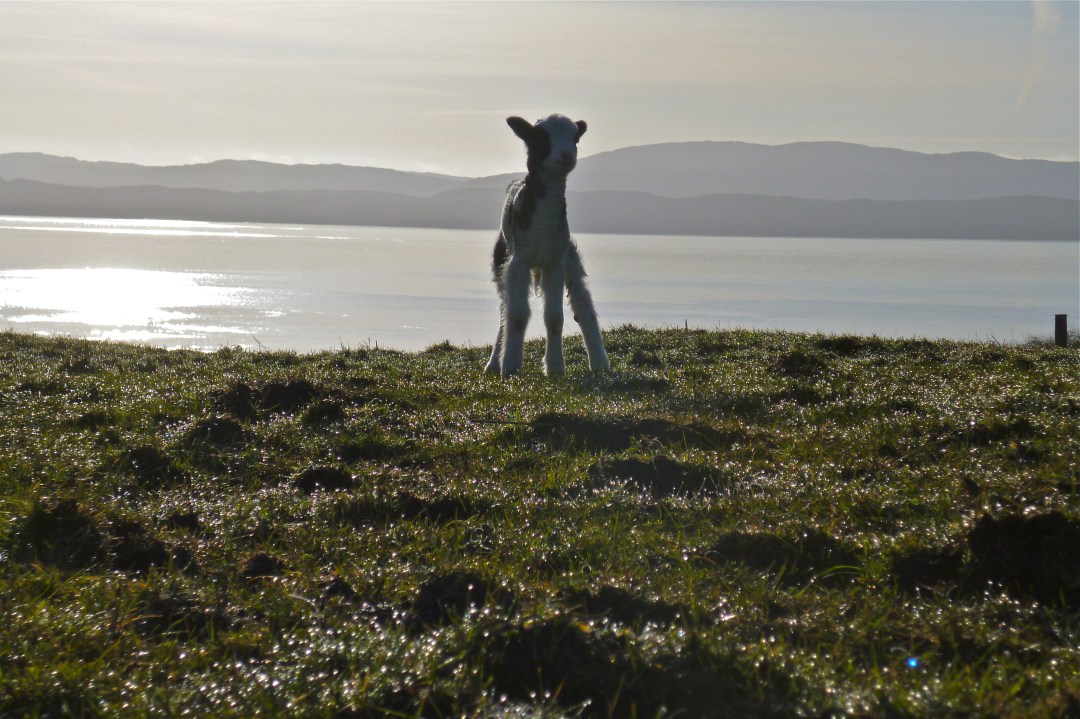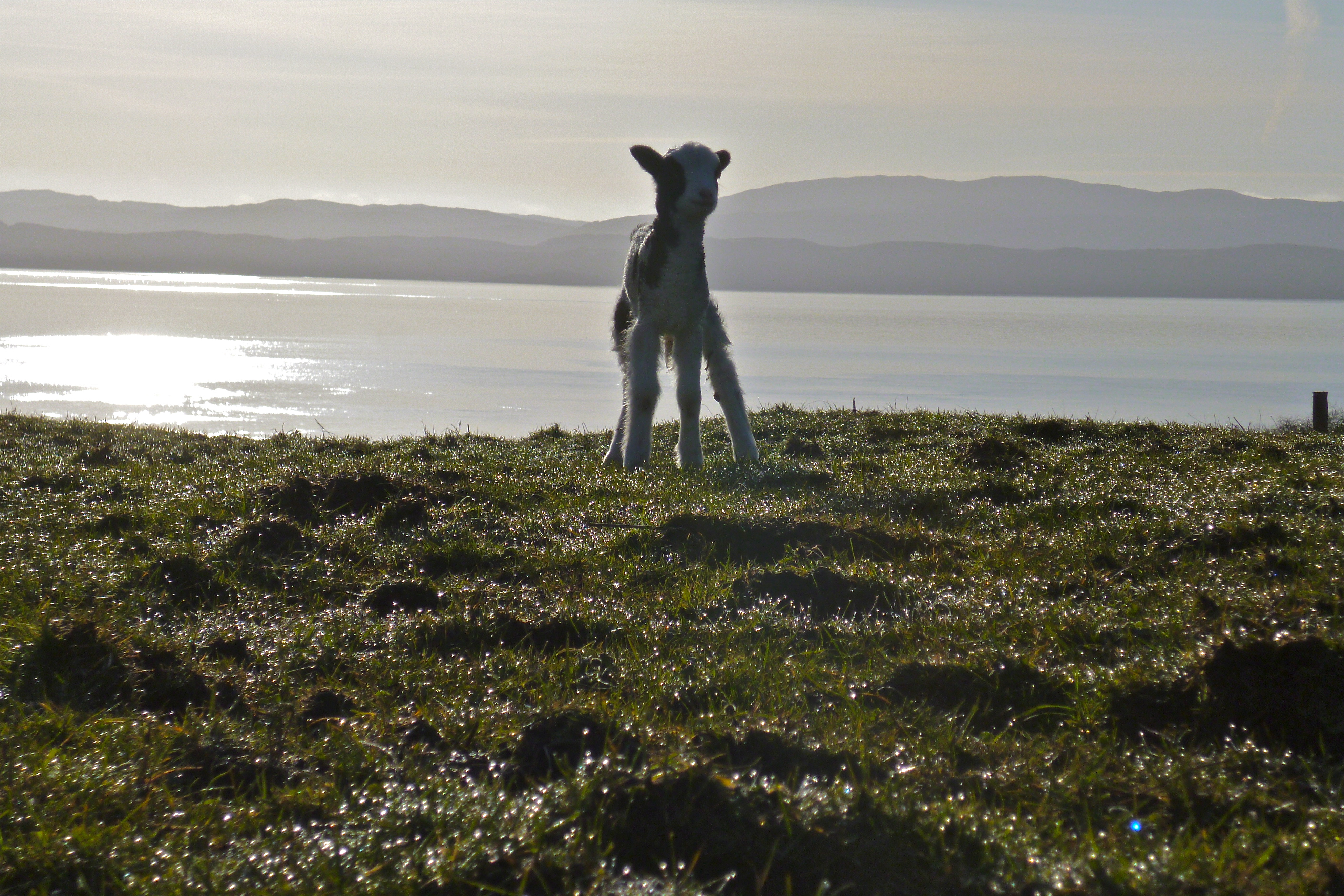It doesn’t matter. It really doesn’t. At least not very much. The notion, apparently scandalous, that the Great British food market is being contaminated – sorry, infiltrated – by meat slaughtered according to traditional religious practices is the most #MiddleClassProblem of the year.
I mean, you know it’s serious when Waitrose is in the dock. Waitrose!
Now I can see that there is a case for requiring meat slaughtered without the animal being stunned to be labelled as such. But, as Melanie McDonagh concedes, the proportion of livestock slaughtered in this fashion is tiny. Perhaps 10% of sheep but only 3% of cattle and 4% of poultry. A reasonable person might conclude that the attention devoted to this newly-discovered problem is as hysterical as it is disproportionate.
As food scandals go, this one is not much of a scandal. We are arguing, with great seriousness, about whether all animals should be tasered before their throats are cut or if only 95% of them should be treated thus.
Abattoirs are not pleasant places. Doubtless being loaded, transported and placed in a queue for execution “stresses” livestock. It is hard to see how this stress can be eliminated entirely even if you insist all animals are stunned before slaughter.
But, you say, we should do what we can, where we can. Perhaps so. It may also be the case that future generations will look upon the way we farm and consider it evidence of a backwardness verging on the barbaric.
Maybe. And yet it still strikes me as curious that we endure a brouhaha over an animal’s last sentient seconds while still tolerating some farming practices that are plainly much, much, much more unpleasant than anything that happens in an abattoir.
True, animal welfare standards are better in Britain than in many, perhaps even most, other developed countries. Eating in the United States, for instance, can be a mournful, depressing business. Until I lived there it had not occurred to me that restaurants would feel the need to label their beef “grass-fed”. In my innocence I had assumed grass was what cows tend to eat.
But even here, in the UK, we comfort ourselves with packaging and marketing designed to salve angst-ridden consciences. Free-range sounds so natural and healthy, doesn’t it? Except the regulatory definition of free-range is very different from your idea of free-range. 16,000 chickens in a shed with barely any access to natural light or the “great” outdoors is free-range in only the most limited, technical sense.
That’s for egg production. What about chickens reared for their meat? DEFRA regulations limit stocking density to 34kg of chicken per square metre. Which works out at about a dozen birds per square metre. But don’t worry! You see:
Irrespective of the type of system, all chickens should have sufficient freedom of movement to be able, without difficulty, to stand normally, turn around and stretch their wings. They should also have sufficient space to be able to sit without interference from other birds.
Well that’s ticketyboo, ain’t it. They should be able to turn around! These are the conditions in which most of the poultry you likely eat is raised.
And it’s not just chickens either. Britain may have banned the use of gestation crates in pig production but pig raising is still an industrial business. It may be more “humane” in Britain than some other countries (whose pork you will probably eat too, by the way) but it’s not done in any kind of porcine paradise.
After all, since 2013 each sow must, according to the regulations, enjoy a minimum of 2.25 square metres of space, of which 1.3 square metres must be “of continuous solid floor”. In other words, we have banned very close confinement but most pigs still live in really rather close confinement.
All those happy chooks and swine on the TV adverts? Mostly a marketing exercise in customer reassurance. Life for most livestock is not an episode of Countryfile.
And, remember, Britain has some of the world’s highest animal welfare standards. Which is a good thing. But it doesn’t mean those standards are necessarily terribly high.
We’re all – or almost all of those of us who are carnivores – complicit in this and few of us, even those of us who like to think we care about “sourcing” (the new word for “purchasing”) good quality meat, are entirely consistent in these matters.
But unless we wean ourselves off the notion that meat should be cheap then the final second of an animal’s life seems much less important than the life it has led until the moment at which it meets its maker.
By all means crank up the Outrage Machine and denounce religious slaughtering practices but please let’s not forget it is really a very minor part of a much greater issue.








Comments